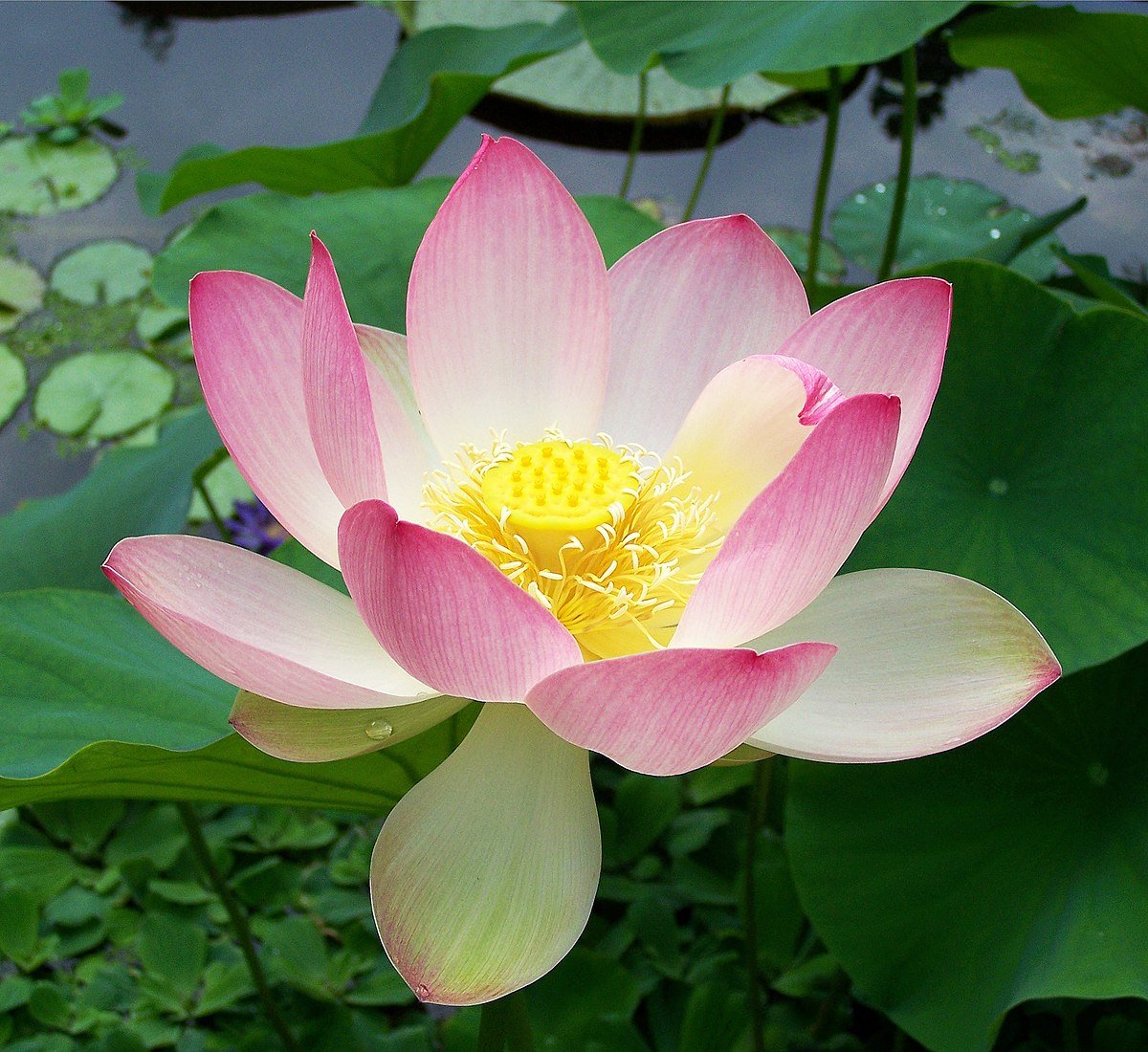No Mud, No Lotus
The saying No Mud, No Lotus is meant to convey that growth and positive transformation are often born from challenges and adversity. Without facing challenges or adversity ~ the mud, we cannot achieve our full potential ~ the lotus.
The educational landscape is, to put it mildly, a quite muddy right now. We're navigating a post-pandemic world, grappling with rapid technological advancements, dismantling of institutions, and facing evolving student needs. It's easy to feel overwhelmed, to yearn for the ‘good old days’ when things seemed simpler. But what if, instead of fearing the mud, we embraced it? What if we recognized that within this chaos lies the potential for incredible growth, just like the lotus flower blooming from murky depths?
The phrase no mud, no lotus, beautifully illustrates this concept. The lotus, a symbol of persistence, growth, and exquisiteness thrives in muddy water. It's a powerful metaphor for resilience, transformation, and the inherent connection between chaos and growth. It encourages us to accept and embrace challenges, find strength and resilience in difficult times, and recognize the potential for growth within the challenge.
In education today, the mud takes many forms. For example, technology's double-edged sword. While offering incredible opportunities for personalized learning and accessibility, technology also presents challenges like a level digital playing field, information overload, and the need to adapt teaching methods. The shifting landscape of student needs. Students are entering classrooms with diverse needs, experiences, and learning styles. We need to move beyond a one-size-fits-all approach and embrace personalized, holistic education. The ongoing impact of the pandemic: The pandemic exposed existing structural gaps and forced educators to adapt rapidly. We're still grappling with learning loss, student well-being, and the need to build stronger, more resilient learning communities. Finally, the ever-present societal and political pressures: Educators face increasing pressure from various stakeholders, leading to burnout and a sense of being undervalued.
Instead of viewing these challenges as insurmountable obstacles, we can choose to see them as opportunities for transformation. Here's how we can cultivate the lotus in education's muddy waters:
Embrace Innovation: We must be willing to experiment with new teaching methods, explore innovative technologies, and adapt our curriculum to meet the evolving needs of students.
Prioritize Student Well-being: Creating a supportive and inclusive learning environment is crucial. We need to address students' social-emotional needs and foster a sense of belonging.
Foster Collaboration: Educators, parents, and community members need to work together to create a strong support system for students. Sharing best practices, collaborating on solutions, and building strong relationships are essential.
Focus on Personalized Learning: Recognizing that every student learns differently, we need to personalize learning experiences to meet individual needs and foster a love of learning.
Cultivate Resilience: Educators need to develop resilience and find ways to manage stress and burnout. We need to support each other and celebrate our successes.
Advocate for Change: Educators need to advocate for policies and resources that support quality education for all students.
The journey won't be easy. There will be setbacks and moments of frustration. But by embracing the mud, we can create a more fsir, engaging, and transformative educational experience for all students.
Just as the lotus emerges from the mud, so too can we emerge from this period of upheaval stronger and more resilient. Let's remember that within every challenge lies the potential for growth, and that the most beautiful blooms often arise from the most challenging environments. Let us use this time to build a better future for education, one where every student has the opportunity to thrive.

